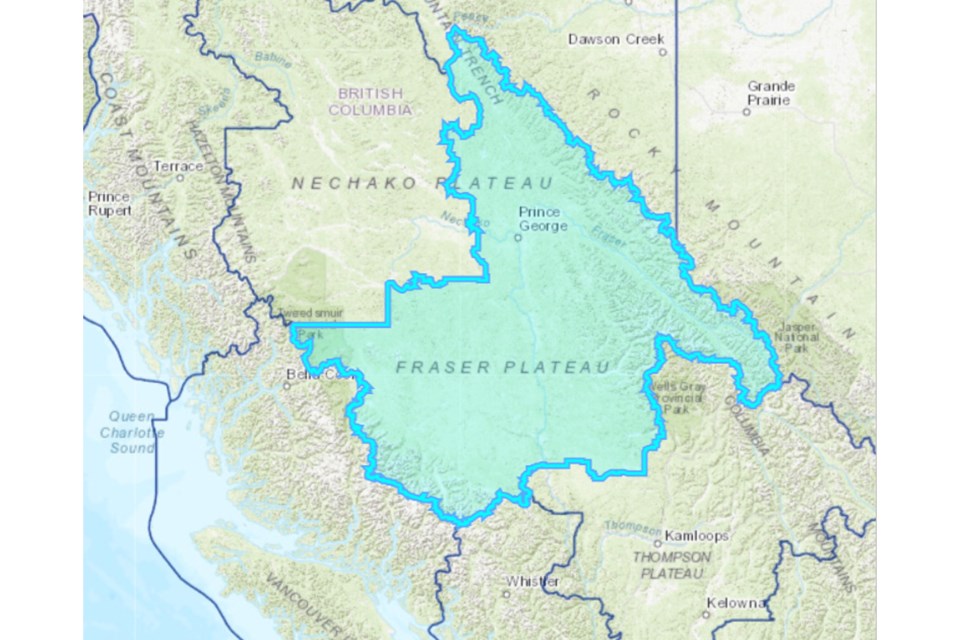The Cariboo economic region, which includes Prince George, is projected to have the lowest employment growth in B.C. over the next 10 years, according to the B.C. Labour Market Outlook report released on Wednesday.
According to the provincial government forecast, the predicted employment growth rate from 2022 to 2032 is 0.2 per cent per year – well below the B.C. average of 1.3 per cent.
“In the next ten years, the Cariboo region is expected to have 18,500 job openings. About 93 per cent of these jobs will replace exiting workers and 7 per cent will come through economic growth,” the report says. “Employment demand is expected to grow at an average of 0.2 per cent annually during the next ten years.”
The Cariboo economic development region includes communities from 100 Mile House to Mackenzie, and the Robson Valley. As of 2022, 87,700 people were employed in the region. The region is expected to see 1,300 new jobs by 2032, with 17,200 job openings to replace workers retiring or otherwise leaving the workforce.
“The region’s largest industries are: other retail trade (excluding cars, online shopping and personal care); hospitals; food services and drinking places; elementary and secondary schools; wood product manufacturing; ambulatory health care services; and forestry, logging and support activities,” the report says. “The region is the third largest in geographical size, but less than five per cent of B.C. residents live and work here.”
The top 10 industries in the region for job openings (new and replacement) over the next 10 years will be: hospitals (1,490 jobs); other retail trade (1,290 jobs); food service and drinking places (1,150 jobs); personal, non-automotive repair and non-profit services (850 jobs); universities (770 jobs); wholesale trade (770 jobs); business and building support services, excluding travel (730 jobs); social assistance (670 job); other manufacturing (600 jobs); and paper manufacturing (600 jobs).
The strongest job growth in B.C. over the next 10 years is predicted in the Vancouver Island/Coast region (1.5 per cent per year) and the Thompson-Okanagan region (1.4 per cent per year).
The Mainland/Southwest and North Coast/Nechako regions are expected to see average job growth (1.3 per cent per year), with below-average growth predicted in the Northeast (0.5 per cent per year), Kootenay (0.4 per cent per year) and Cariboo (0.2 per cent per year) regions.
Throughout B.C., more than a million job openings are predicted by 2032. Of those, 37 per cent are expected to be new positions created by economic growth, and the other 63 per cent to replace retiring workers.
Nearly 80 per cent of those job openings are expected to require some level of post-secondary education – 37 per cent will require a bachelor’s degree or higher, 29 per cent will require a diploma or certificate, 12 per cent will require a trades apprenticeship, and 22 per cent will be be available to people with a high school diploma or less education.
"The StrongerBC Economic Plan is ensuring our province is well positioned to fill these openings so we can help businesses grow as we prepare British Columbians for the jobs of tomorrow," B.C. Jobs, Economic Development and Innovation Minister Brenda Bailey said in a statement released on Wednesday. "Our government will always be there to support people and businesses by making investments that develop a skilled workforce that allows people to build a good life in the communities they want to live in."



